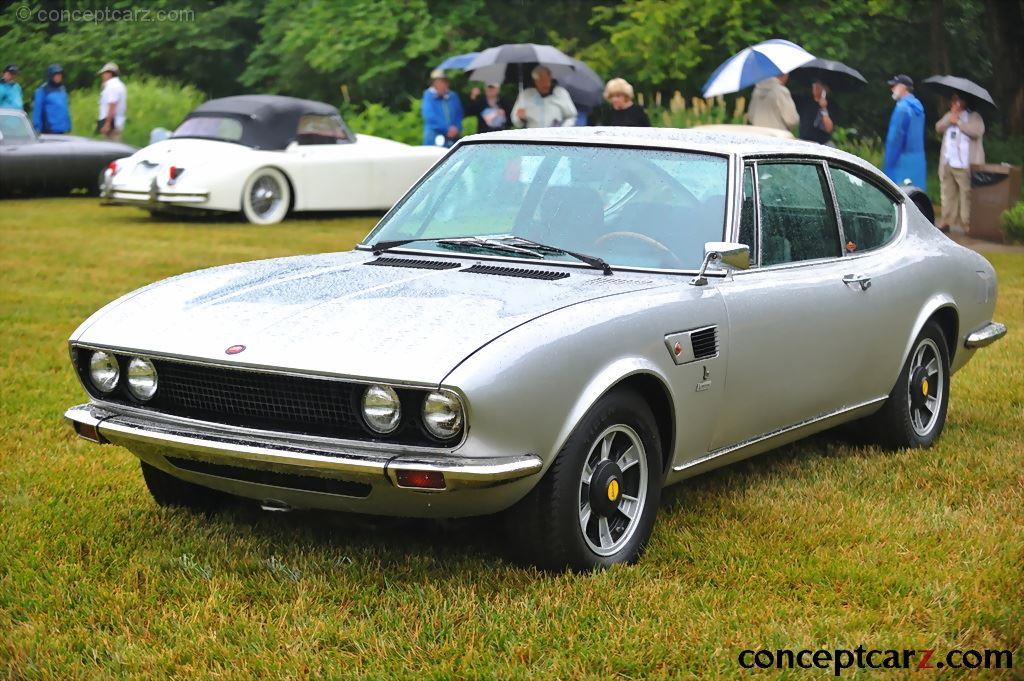1970 Fiat Dino Navigation
- 1970 Fiat Dino Menu
- Article
- Image gallery
- Valuation
- Specifications
- Profiles
Fiat
Similar Automakers
Similarly Sized Vehicles
from 1970
1970 Fiat Dino Vehicle Profiles
Recent Vehicle Additions
Performance and Specification Comparison
Dino Specification Comparison by Year
Year
Production
Wheelbase
Engine
Prices
Related Automotive News

Gooding & Company Releases Entire Catalogue for Upcoming London Sale, Led by a 1953 Ferrari 166 MM/53 Spider Offered from Long-Term Ownership
The London Auction at Hampton Court Palace will present an unrestored Ferrari 166 MM53 Spider and Ferrari 250 Europa, as well as a desirable Fiat 8V Berlinetta and right-hand-drive Aston Martin DB5 Convertible.
Gooding %26 Company, the international...

A Holy Grail Corvette Joins A Stunning Private Collection As RM Sotheby's Arizona 2023 Sale Heats Up
The ultimate Corvette, an incredibly rare one-of-one ZL1 joins A Private Collection of European classics at Arizonas premier auction
A truly unrepeatable chance to secure the ultimate keystone to any reference-grade collection c...

Phenomenal Ferraris and Italian Thoroughbreds Offered at Gooding & Company's Pebble Beach Auctions
The auction house announced a stable of Italian star cars, including a 1950 Ferrari 166 MM Berlinetta Le Mans, a 1961 Ferrari 400 Superamerica Series I Coupe Aerodinamico, and a 1954 Ferrari 500 Mondial Series I Spider.
A stunning group of star...

All-new 2022 Jeep Grand Cherokee: Most Technologically Advanced, 4x4-capable and Luxurious Grand Cherokee Yet
Fifth-generation Lineup Includes the Grand Cherokee 4xe, the First Electrified Grand Cherokee, and the New Trailhawk, the Ultimate 4x4 Grand Cherokee
Fifth generation of most awarded SUV ever brings an all-new architecture, new plug-in hybrid powe...

Concours d'Elegance of America
The 41st Annual Concours dElegance displayed a diverse field of more than 300 spectacular contributions to automotive history on the lawn at the Inn at St. Johns. This years featured classes included Ferrari, Rolls-Royce, Bentley, the Rise and Fall...

























